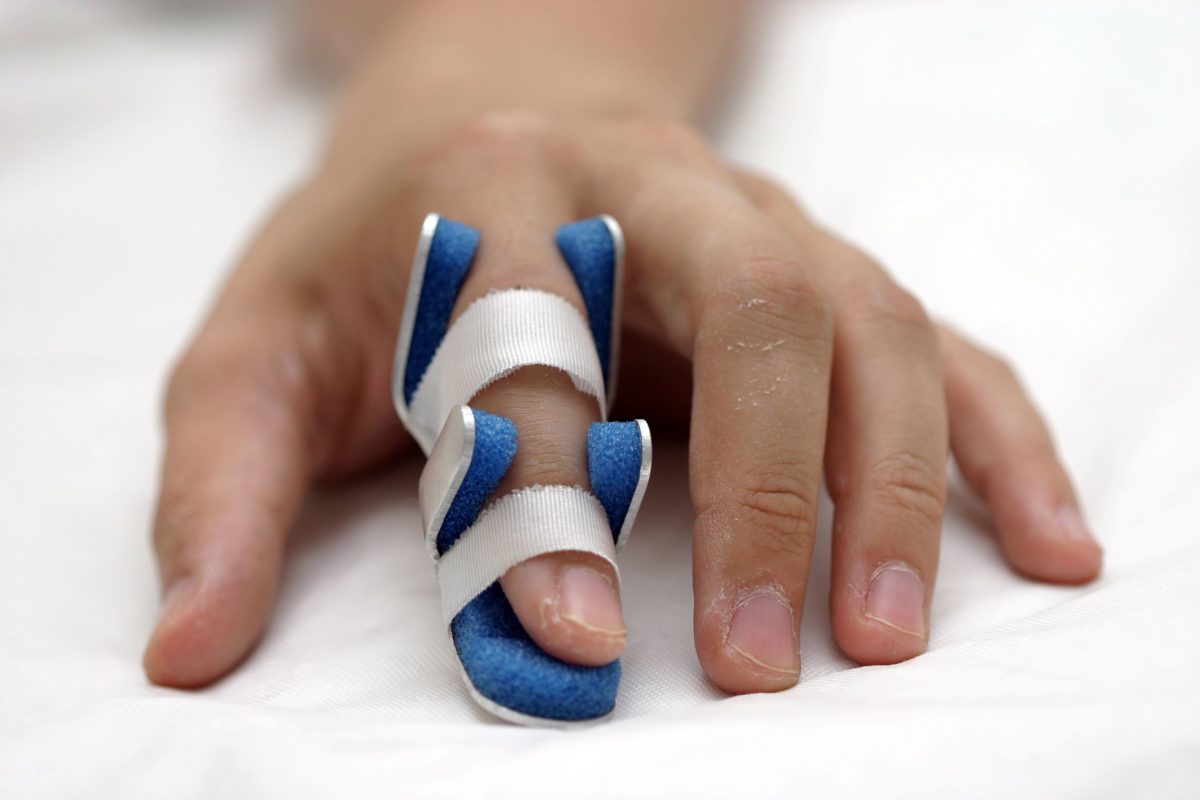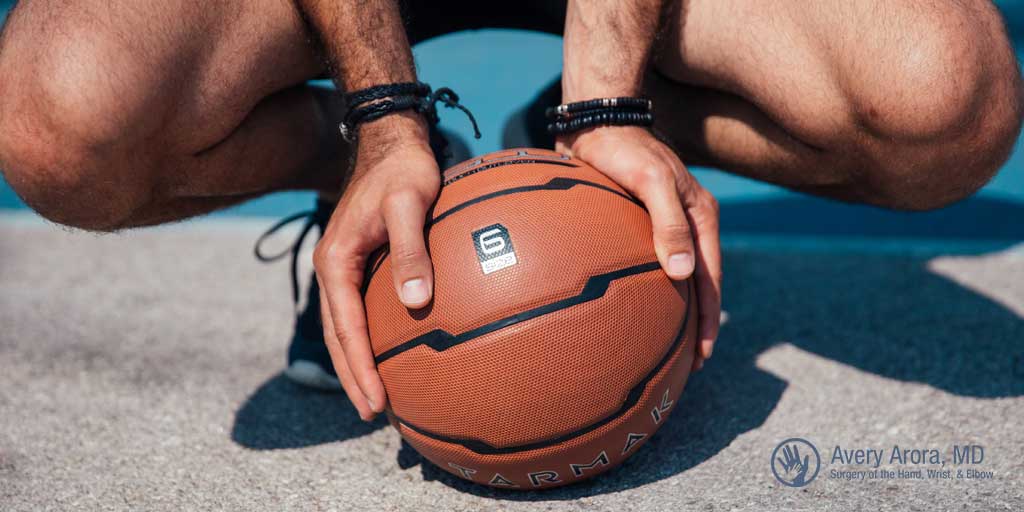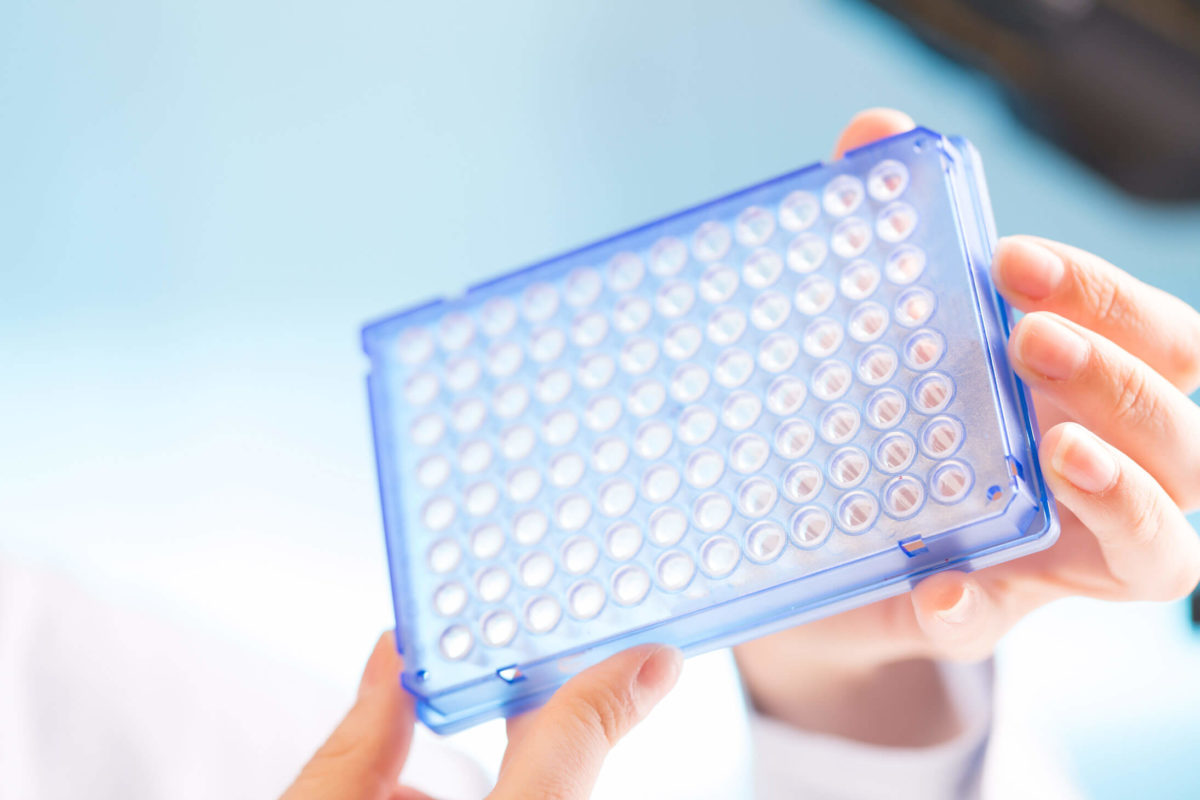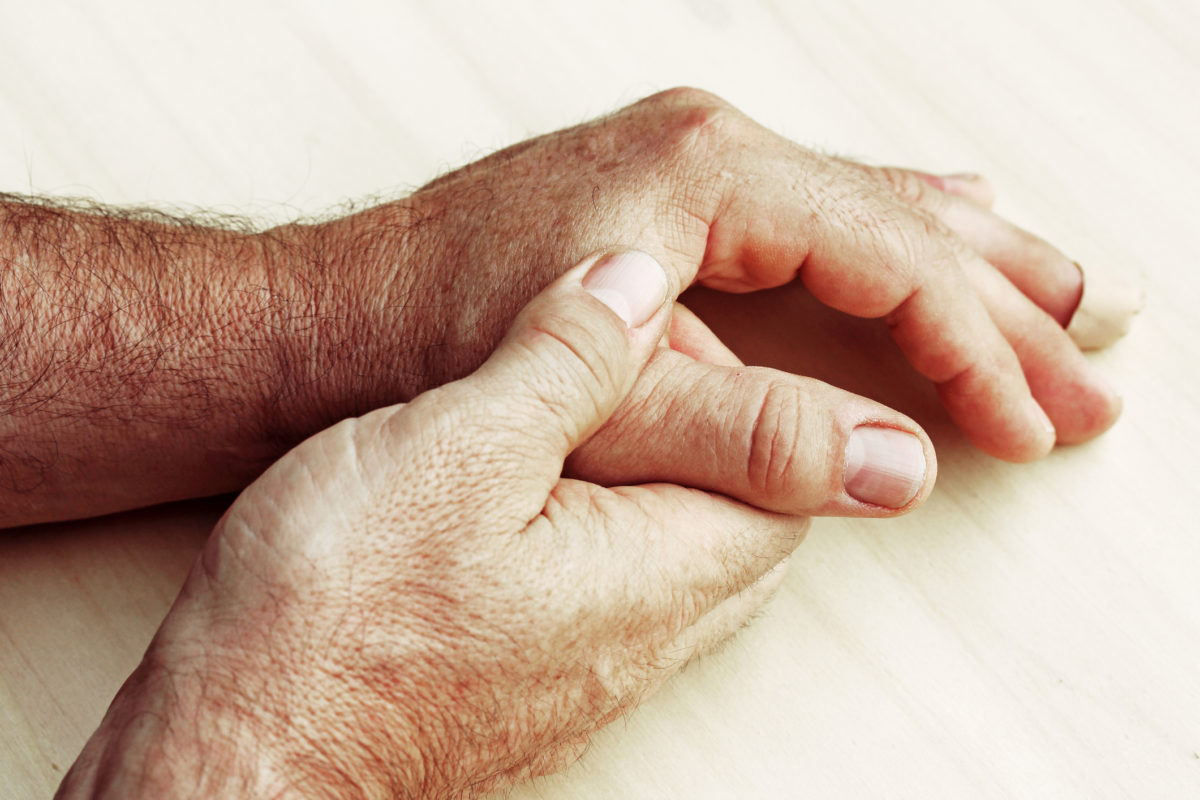As temperatures fall, the risk of slipping on ice becomes incredibly common. When it is extremely cold out, it tends to be human nature to move faster. When you combine the cold temperatures with crowded areas, people are rushing to get in and out of everywhere quickly. Although it might be funny to watch in YouTube videos, and is oftentimes harmless, the wrong fall can do a lot of damage. The CDC reports that more than 800,000 people are hospitalized annually from injuries related to slips and falls.
Many people have the tendency to break their falls with their hands when a slip occurs on the ice. This protects the head and face, but oftentimes results in distal radius fractures, or broken wrists. The radius is the largest bone in the forearm and is most often broken closest to the wrist. Bone diseases such as osteoporosis increases the likelihood of distal radius fractures.
Fractured wrists can usually be treated non-surgically with splints and casts. In more serious or complex breaks, surgery may be required to correctly position and stabilize damaged bones.
Although the risks of a slip, trip, or fall cannot be completely eliminated, there are certain conditions that you can control, which contribute to the likelihood of occurrence. During the wintertime, here are some tips for navigating the icy outdoors:
- Prepare for slippery surfaces
- Remember: black ice often refreezes at night
- Refrain from doing anything that adds to your distraction
- Avoid being on the phone
- Anticipate wet floors when entering the workplace
- People will be bringing in slush from outdoors
- Walk slowly and be aware of your surroundings when snow or ice is present
- Utilize handrails when possible
- Take smaller steps to improve stability
- The wider the step, the higher the likelihood is of a fall to occur
- Wear appropriate footwear
- Look for ones with a heavy tread
And remember, if someone does injure themselves, use first-aid. For most minor cuts and scrapes, apply direct pressure to the wound with a clean cloth. For after-hours care, go directly to the emergency room.
If someone does sustain a hand, wrist, or elbow injury from falling, patients can often be accommodated for same-day emergency visits. New patients of Dr. Arora can be seen within 1-4 days. Don’t hesitate; call one of our four Metro Detroit offices today.





















